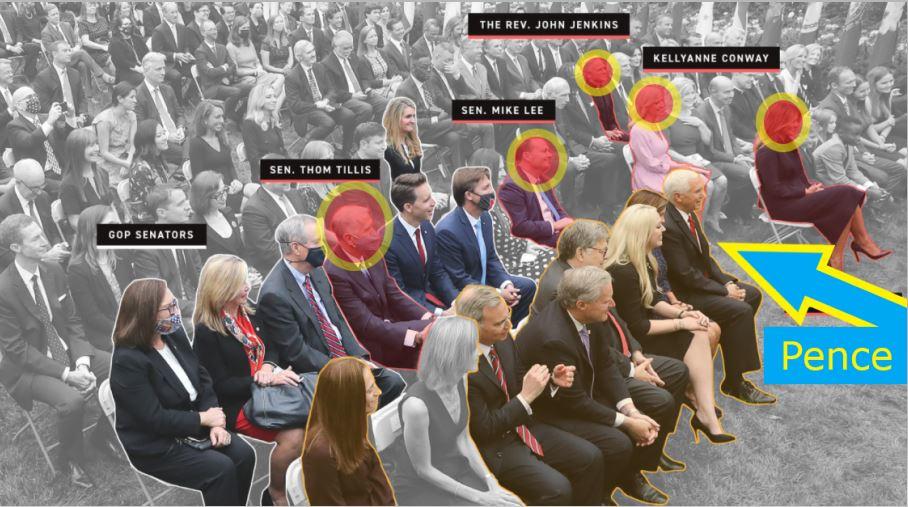Annys Shin
Washington Post
July 26, 2010
A few weeks ago, on his way to work, Matt Urick stopped to snap a few pictures of the U.S. Department of Housing and Urban Development’s headquarters. He thought the building was ugly but might make for an interesting photo. The uniformed officer who ran up to him didn’t agree. He told Urick he was not allowed to photograph federal buildings.
- A d v e r t i s e m e n t
- {openx:49}
“A lot of these guys have guns and are enforcing laws they obviously don’t understand, and they are not to be reasoned with,” he said. After detaining Urick for a few minutes and conferring with a colleague on a radio, the officer let him go.
Courts have long ruled that the First Amendment protects the right of citizens to take photographs in public places. Even after the terrorist attacks of Sept. 11, 2001, law enforcement agencies have reiterated that right in official policies.
But in practice, those rules don’t always filter down to police officers and security guards who continue to restrict photographers, often citing authority they don’t have. Almost nine years after the terrorist attacks, which ratcheted up security at government properties and transportation hubs, anyone photographing federal buildings, bridges, trains or airports runs the risk of being seen as a potential terrorist.
The Emergency Election Sale is now live! Get 30% to 60% off our most popular products today!



